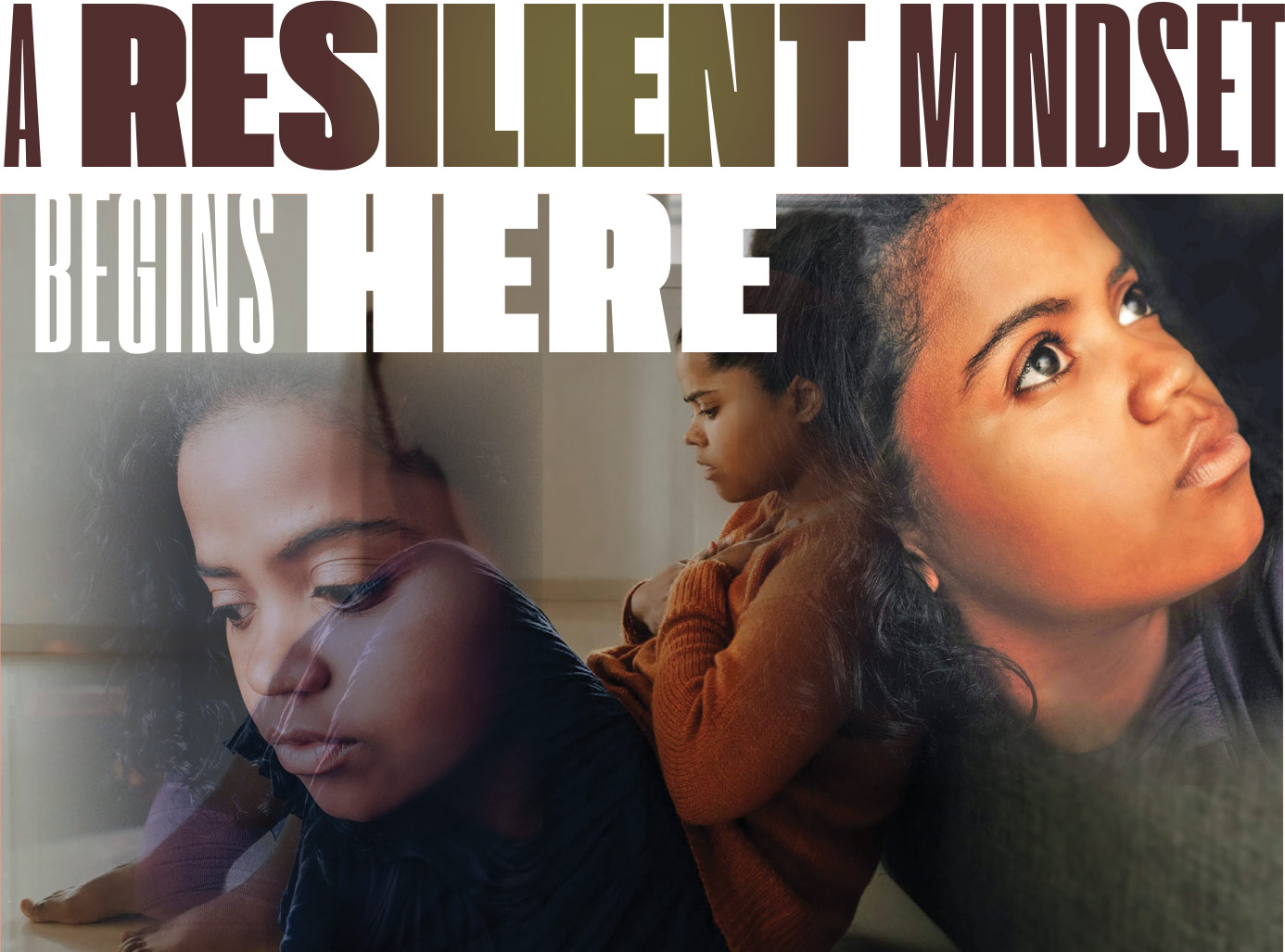

In a Psychology Today article, “What Is Resilience?” Jennice Vilhauer, the Director of Emory University’s Adult Outpatient Psychotherapy Program, evaluates what it means to be resilient:
“Adversity is a fact of life. Resilience is that ineffable quality that allows some people to be knocked down by life and come back at least as strong as before. Rather than letting difficulties or failure overcome them and drain their resolve, they find a way to rise.”
Having endured only one of these traumatic experiences, the average person would have found another path. They would have left this line of work, retired, called it quits. And guess what? No one would have called them a coward. But Paul wears suffering as a badge of honor. He uses his experiences as validation of his calling.
But he refused to quit because he was resilient.
You are building resilient muscles. The cycle—reps, if you will—of stress and release is like body-building. But, just as we don’t work the same muscles every day and intentionally give them time to recover, we must find ways to build rest and release into our stressful, painful existence.
We’ve learned a lot about resilience in the past two decades.
The Adverse Childhood Experiences Study (ACES) (Kaiser Permanente 1995-1997) shed light on what happens to the human brain following a traumatic experience, including the distinct phenomenon of resilience after those experiences.
Adverse childhood experiences, or ACEs, are potentially traumatic events in childhood. For example, a young person may experience violence, abuse, neglect, or witness violence in the home or community. They may have experienced having a family member attempt or die by suicide. For some, the environment may undermine any sense of safety, stability, and bonding, such as what happens when growing up in a household with substance use or mental health problems. Parental separation or absences may also cause household instability.
These ACEs create conditions linked to chronic health, mental illness, and substance use problems in adulthood. Further, ACEs can negatively impact education, job opportunities, earning potential, and life expectancy. Many other traumatic experiences could affect health and wellbeing.
Researchers associate ACEs with other social determinants of health, such as living in under-resourced or racially segregated neighborhoods, frequently moving, and experiencing food insecurity, which can all cause toxic stress. Toxic stress from ACEs can change brain development and affect attention, decision-making, learning, and response to stress. Children growing up with toxic stress may have difficulty forming healthy and stable relationships. They may also have unstable work histories as adults and struggle with finances, jobs, and depression throughout life.
These effects can also be passed on to their children. Some children may face further exposure to toxic stress from historical and ongoing traumas due to systemic racism or the impacts of poverty resulting from limited educational and economic opportunities.
How, though, can one possibly rise above such a trial? Several factors emerge, including positivity and optimism, effective emotional and thought management, and a perspective that can see “failure as a form of helpful feedback.”
“Resilience is not some magical quality; it takes real mental work to transcend hardship,” says Emory’s Vilhauer. “But even after misfortune, resilient people can change course and move toward achieving their goals. There’s growing evidence that the elements of resilience can be cultivated.”
How does one do this?
It bears repeating: resilience can be cultivated. This means that a person with a negative attitude can develop a positive attitude. A pessimist can become optimistic. A person with frazzled emotions can harness their energy and regulate their emotions. This is good news! So, the way it is, is not the way it has to be.
Change can take place, but change does not take place without intentionality. The law of the harvest is true. We reap what we sow. The farmer’s field, if left uncultivated, will produce weeds. That’s the natural human instinct. The uncultivated, untrained, undirected mind will inevitably produce weeds. The research shows that the average human mind is drawn to the negative. We see the negative much more quickly and efficiently than we do the positive. We are prone to dwelling on the negative, repeating the negative, and exaggerating it much more than the positive.
I am loving
I am kind
I am graceful
I am confident
I am positive
I am peaceful
I am hopeful
I am more than a conqueror
I am capable
Positive words like “peace” and “love” can alter the expression of genes, strengthening areas in our frontal lobes and promoting the brain’s cognitive functioning. They propel the motivational centers of the brain into action and build resiliency. Conversely, hostile language can disrupt specific genes that play a crucial part in producing neurochemicals that protect us from stress.
According to the authors, using the right words can transform our reality:
Today declare: I’m filled with love, joy and peace. Meditate on these words and repeat these words. There is a reason these are reflected in the fruit of the spirit. The Bible says the fruit of the spirit is love. The first byproduct of love is joy and the second is peace, and so on. Make a declaration every day: “I’m filled with love, joy and peace. I’m building my resilience. I’m starving my fears; I’m feeding my faith.”